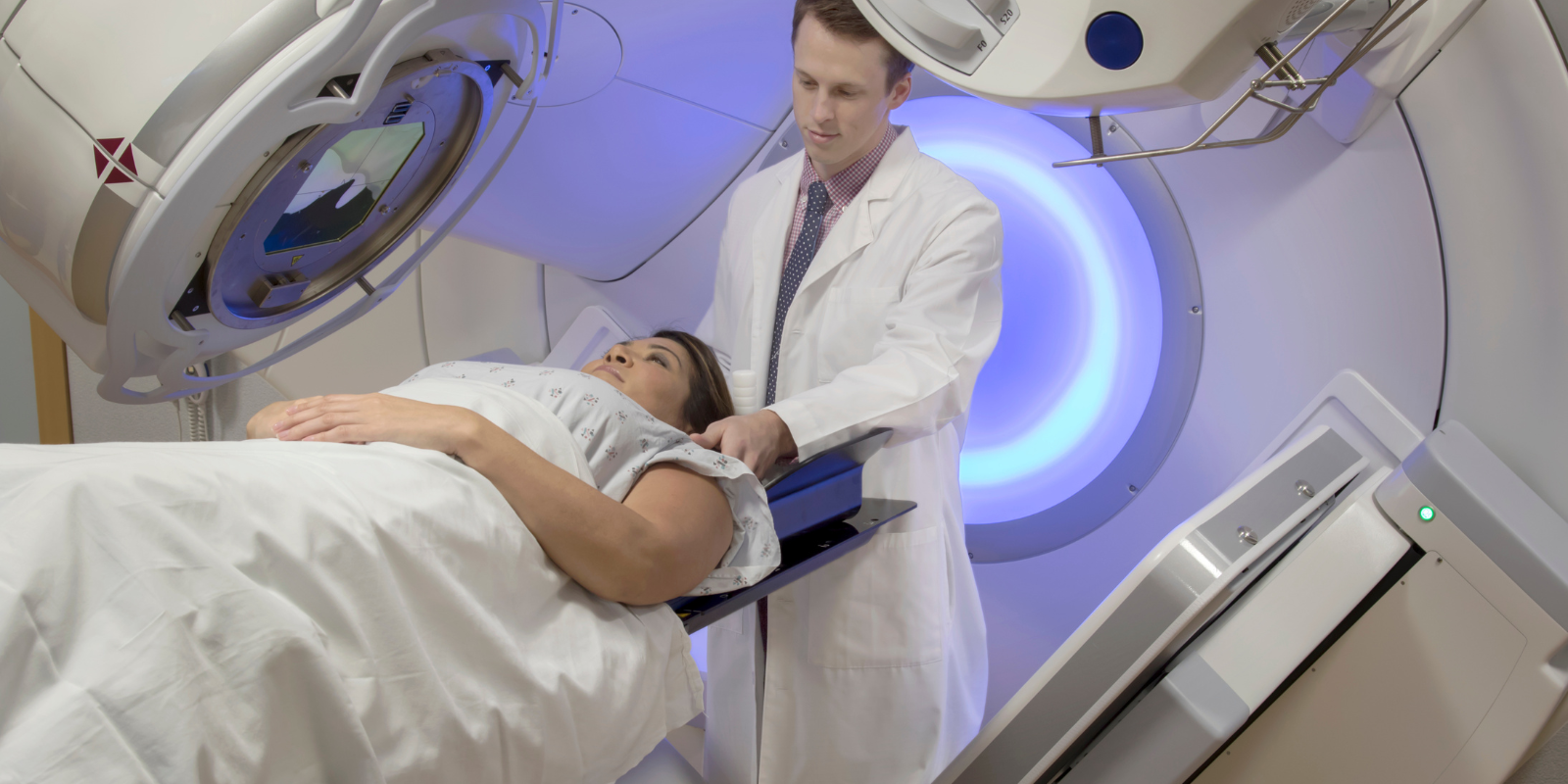Will every woman with the noninvasive breast cancer known as ductal carcinoma in situ (DCIS) get significant benefit from radiation therapy following lumpectomy to ensure their cancer won’t return?
University of Colorado Cancer Center member Rachel Rabinovitch, MD, is leading a nationwide clinical trial to find out.
“For most women with DCIS smaller than five centimeters, the international standard is lumpectomy — surgically removing only the tumor and leaving the breast intact — followed by breast irradiation,” says Rabinovitch, professor of radiation oncology in the CU School of Medicine. “But for women with DCIS who undergo lumpectomy alone, most women do well. Without radiation, approximately 70% of all women with DCIS would not have a cancer recurrence.”
But most women and physicians, she says, feel that a 30% risk of recurrence without radiation is too high.
“There have been studies trying to identify which women might have favorable DCIS with a low risk of recurrence without radiation therapy,” she says. “These studies show we can identify a group with a low risk of recurring without radiation (9.2% at 10 years), yet they still benefit from radiation therapy, which reduces their recurrence to only 1.5% at 10 years. Women foregoing radiation therapy must accept a nearly 8% increased risk of recurrence by doing so.”
In the clinical trial, researchers will utilize a novel biomarker designed for women with DCIS which purports to identify a low-risk group of women with only a 5% risk of recurrence without radiation therapy and with <1% improvement with radiation therapy.
“We are optimistic that the biomarker will help us identify a group of women who will not compromise their outcomes by foregoing radiation therapy,” Rabinovitch says. “We know that DCIS is a heterogeneous group of diseases. Even though it's noninvasive, there are more aggressive subtypes and there are more favorable subtypes. We want to determine if we can redefine low risk DCIS by using a novel biosignature and determine if we can identify a truly low risk patient set that do extremely well without radiation and who do not compromise outcomes by foregoing radiation therapy.”
The national study will be activated through NRG Oncology, a cancer cooperative research group funded by the National Cancer Institute.
Biosignature as decision aid
The research will be conducted using a tool called DCISionRT, made by the biomedical company Prelude, which looks at four clinical factors and seven proteins in a tumor after it’s removed from the breast to create a score that give a predicted 10-year recurrence risk with or without radiation.
“It compares a woman's DCIS score with a library of women who did and did not get radiation with that same score. It's what we call personalized medicine,” Rabinovitch says. “Previously published data shows that it not only can predict a woman's prognosis with or without radiation, but it also identifies women who reap a tremendous benefit from radiation, and women who don't benefit much at all from radiation.”
The clinical trial Rabinovitch will oversee seeks to validate that data. It will randomize 2,020 low-risk DCIS patients, as identified by a DCISionRT score, to standard breast radiotherapy or radiotherapy-omission. Researchers will follow participants for 10 years to track their rates of recurrence. The clinical trial will be available at the CU Cancer Center’s clinical partner UCHealth University of Colorado Hospital and other academic and community hospitals around the U.S.
Rabinovitch estimates that 59,000 women will be diagnosed with DCIS in 2025, of whom 37% (or 21,830 women) will have a low-risk DCISion RT score and potentially be eligible for the trial.
“A biosignature like this is used all the time to determine the need for chemotherapy in invasive breast cancer, but this would be the first trial I'm aware of to use a personalized medicine tool to determine if radiation therapy is warranted in any malignancy,” Rabinovitch says.
Avoiding side effects, toxicity
Radiation for DCIS, which is given for one to four weeks, depending on the size of the tumor, can cause fatigue, breast irritation, and skin irritation, and in some cases can lead to lung inflammation, rib fractures, and secondary cancers, Rabinovitch says. It also requires a patient to dedicate time to receiving the therapy. A tool to identify people who wouldn’t benefit from the treatment would be a boon to doctors and patients alike.
“We don't want to expose a woman to the risks, the costs, the toxicity, and the side effects associated with radiation if she's not going to get much of a benefit from it,” she says.




.png)